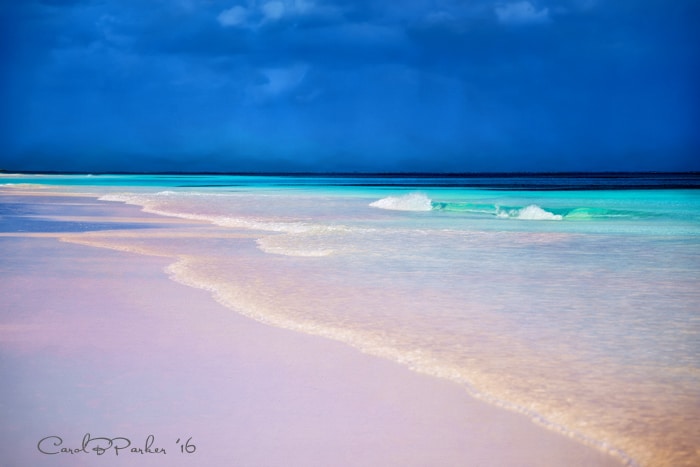We were cruising in the Bahamas early this year and one of our layovers was Hope Town in the Abacos. Hope Town is home to the iconic Elbow Reef Lighthouse, just a short walk from our marina berth. This classic red and white candy-striped lighthouse is over 150 years old and still in working condition. It is the last remaining kerosene powered lighthouse in the world.
This photo is a bit outside my usual style, but I thought it would be fun to share. The lighthouse attendant has just lit the lamp and he is watching to make sure the flame has stabilized. What makes this image work for me is the way his eyes are illuminated by the beam as the mechanism rotates. Handholding the camera in low light conditions is always a challenge, and it took several attempts before I was able to catch just the right angle as the beam passed over the keeper’s face.
The Hope Town lighthouse was built in the 1860s by the British Imperial Lighthouse Service despite vehement opposition from a local populace that had been profiting from a lucrative ‘wrecking trade’, luring ships onto the reef and salvaging the contents of the resulting shipwrecks. It took quite a long time to complete construction of the tower as repeated vandalism slowed progress.
Now, of course, the lighthouse is the pride of the island. It is even featured on the Bahamian $10 bill. The Elbow Reef Lighthouse Society works hard to raise funds to contribute to the maintenance and continued operation of the light, and vigorously opposes any effort to automate the operation. It is open to visit, free of charge, seven days a week. And, by request, the lighthouse keeper will allow visitors to come after hours to observe the lighting of the lamp shortly after sunset. This is a lengthy process that requires a period of slow heating before the light finally catches fire and begins casting its beam out to sea, slowly revolving as it warns ships away from the dangerous rocky coast. Another unusual job requirement for the lighthouse keeper is the task of winding up the mechanism every two hours, day and night, a process that has been going on without fail for the past 150 years of the lighthouse’s existence.
Sony a7Rii, 1/60 sec at f/4.0, ISO 3200, 25mm (16-35mm F4 AZ OSS), hand-held
Photo is copyrighted and registered with the US Copyright Office. Enjoy but please respect.





